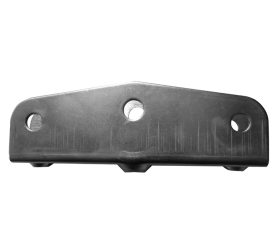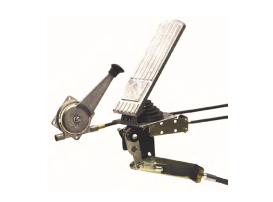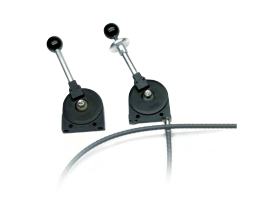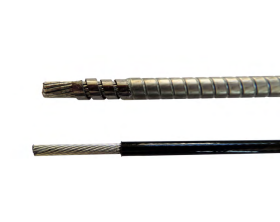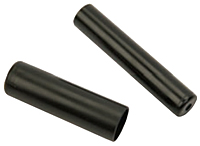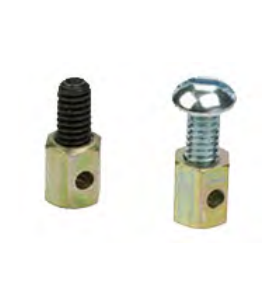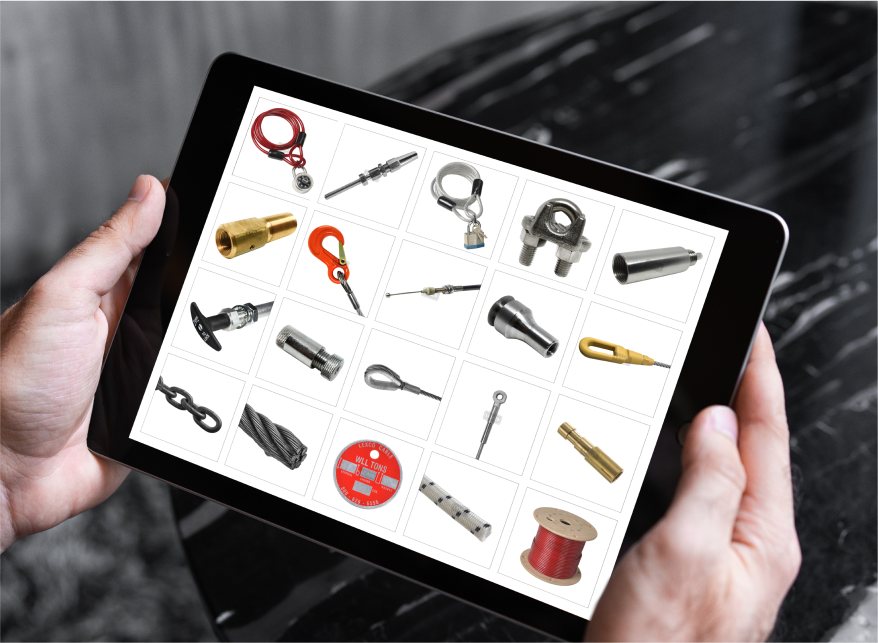A


ADJUSTERS NICKNAME: BULK HEAD, CONDUIT CAP
A conduit end fitting with external thread that provides a way to mount and adjust an assembly. It is typically assembled with jam nuts. Most adjusters are crimped to conduit but we can also provide one that is uncrimped, meaning it can rotate freely. In addition to models shown on our website, we can custom manufacture adjusters to meet your requirements.
B
C
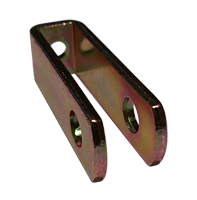

CLEVIS NICKNAME: FORK END, YOKE END
One feature that all clevis’ have in common is a U-shape end fitted with a clevis pin. One way to integrate a clevis on a push-pull control is to thread it on. In this case, the clevis must be tapped. Another way clevis’ are installed is with a ball or button end fitting to secure the clevis on the cable. This type of clevis is often called a strap fork or a strap clevis. In this case, the clevis can either toggle or pivot. When the ears of the strap clevis are straight, it can be referred to as an open strap clevis. When the ears taper toward each other, it’s referred to as a step strap clevis. If the ears of the strap clevis touch, it’s called a closed strap clevis or strap eye clevis.
CONDUIT NICKNAME: HOUSING, CASING
Conduit is designed to have an inner-cable installed through it. Typically, the conduit has a plastic liner and a plastic cover with steel wire in between. We supply conduit specifically for mechanical cable applications. These include bicycle, bowden and long lay conduit.
E
F
H
I
L
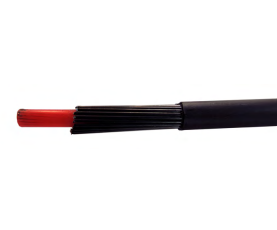

LONG LAY CONDUIT
Longitudinally laid wires are inside this type of conduit. For high performance push-pull controls a binder wire is wrapped around the long lay wires. Advantages of long lay conduit include kink resistance and higher load capability which make it the best option for a push-pull control with demanding functional requirements.
N
P
PULL-ONLY CONTROL
Some conduit assemblies are designed for the inner-cable to be pulled (not pushed) during actuation. At the output end, there could be an adjustable fitting such as a wire stop. Also, the inner cable can be more flexible compared to a push and pull control. In this type of control, the inner-cable is returned to resting position either manually or with spring assistance.
W
Guides And White Papers
Want to learn more about Lexco’s wire rope specifications, or see
them in action yourself? Get started with some of our guides:


